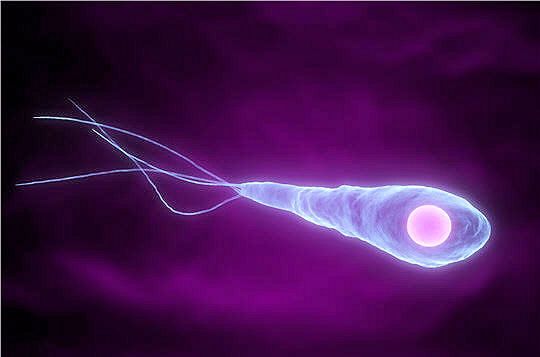-
 Autologous
Autologous
-
 Secretion
Secretion
-
 Greenhouse gas
Greenhouse gas
-
 Allosteric effector
Allosteric effector
-
 Mean ecliptic for the date
Mean ecliptic for the date
-
 Narcotic
Narcotic
-
 Protozoon
Protozoon
-
 Toluene
Toluene
-
 Plutoid
Plutoid
-
 Granulite
Granulite
-
 Inhalation
Inhalation
-
 Iapetus
Iapetus
-
 Crenocyte
Crenocyte
-
 REDOC
REDOC
-
 Circuit routing
Circuit routing
-
 Fast neutron reactor
Fast neutron reactor
-
 Tritium breeding blanket
Tritium breeding blanket
-
 Autosomal
Autosomal
-
 Bicarbonate
Bicarbonate
-
 Raman spectroscopy
Raman spectroscopy
-
 Mouse
Mouse
-
 Graphics software
Graphics software
-
 PSP
PSP
-
 Pegmatite
Pegmatite
-
 Direct thrombin inhibitor
Direct thrombin inhibitor
-
 Fascias
Fascias
-
 G3
G3
-
 GMO
GMO
-
 Tabular facies
Tabular facies
-
 Osteoarthritis
Osteoarthritis
Nicolaier bacillus
The Nicolaier bacillus or Clostridium tetani, is a bacterium which causes tetanus.
Characteristics of the Nicolaier bacillus
The Nicolaier bacillus is a rod-shaped, Gram positive, anaerobic bacterium, 0.5 micrometres wide and 5 micrometres long. The bacterial genome consists of a 2.8 million base pair chromosome which codes for more than 2,300 proteins and a plasmid.
It is telluric and found ubiquitously as an extremely resistant spore which can look like a pin. This is the form which is found in the gastro-intestinal tract of animals (and human beings) and is entirely harmless. When favourable conditions are present, however, it can germinate and produce the tetanus toxin.
Nicolaier bacillus and tetanus
The Nicolaier bacillus produces two endotoxins, tetanolysin and tetanospasmin. The first of these does not appear to be involved in the pathogenicity of the bacterium although the second which is coded for by the bacterial plasmid is responsible for the symptoms of tetanus.
Tetanospasmin is initially produced as aprecursor and is then cleaved by bacterial proteases. It then becomes active, is recognised by a nerve receptor and is endocytosed. Within the neurone, the toxin then inhibits release of the neurotransmitters glycine and GABA, in other words it blocks inhibitory synapses which then causes the symptoms.
 The Nicolaier bacillus causes tetanus. © DR
The Nicolaier bacillus causes tetanus. © DR
Latest
Fill out my online form.



